FUTURE (T)HERE in Mumbai
A decision on our planet’s future takes more than one language
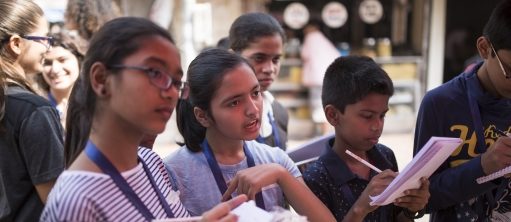
What does sustainability mean? Considered from a global perspective, integrated into our local communities and incorporated into our lives individually? How do green topics connect to social justice, but also contribute to our personal happiness? And most importantly, how can we get away from solely theorising about these questions and instead use our full sense perception to experience all them?
To cooperatively work on a better future, we need organisations to open their doors for this united cause. “This conference is supposed to be the beginning of a new movement”, Beata Weber, Head of the Language Department of the Goethe-Institut/Max Mueller Bhavan emphasises. She is the driving force behind FUTURE (T)HERE, the first Youth Conference on Sustainable Living, which took place just a few days back.
Youth congress - Workshop "video art"
120 Students from XY government, public and private schools located in and around Mumbai were invited to explore and exchange their ideas and hopes for a better future, in seven workshops over the course of 3 days. They had the opportunity to explore the abstract concept of sustainability in a playful way including many hands-on activities.
See, hear, touch, smell, taste
Ten experts from India and Germany, not only added a global and intercultural perspective to the event, but also shared their knowledge of different formats and media: ranging from theatre and performance, cooking-experiments and excursions to the market, animation and writing workshops to roleplays. Through these, the teens were able to have new experiences, which inspired them to think ahead and act differently in the future; furthermore, by the end of the conference, they had processed those experiences into tangible products that could be seen, heard, touched, smelled or even tasted by teachers, parents and the press at the final “Open House”.
“Never in my wildest dreams did I think I’d walk around an Indian street market with 15 kids, asking the seller about each and every detail of the production and chain of transport of a Papaya,” Laura Klatt says laughing. Nilanjan Battacharya on the other hand describes that, after a short input session, his workshop participants affectionately declared him to be redundant and started to enthusiastically do independent work on the design of a one-year-calendar for seasonal eating. Two of the other workshops are dedicated to the opposite end of the production chain: What happens to all our waste? A sound machine uncovered the truth, as did several animations. The message of a performance as well as a roleplay was that every single citizen, as a consumer, can contribute to a better future. Last but not least, another workshop’s focus was on collecting and developing “Success Stories” about people and projects that are already working on improving the future. This was supported by the partner project FUTUREPERFECT, itself a worldwide co-operation of Goethe-Insitutes and the German foundation FUTURZWEI.
Success Stories
Without doubt, FUTURE (T)HERE has already earned its place among said “Success Stories”, seeing as participants asked for a prompt continuation of the project and the UNESCO India Office has expressed its support of the Youth Conference. Sure enough, a continuation is already planned: In 2017 the next Youth Conference, this time on the topic of radicalism, will take place in Germany, organised by the Düsseldorfer Schauspielhaus, which was part of this conference as well.
Last but not least, Youth Conferences of this type are also a great opportunity for students to further develop their German language skills and knowledge of Germany’s culture. However, a decision on our planet’s future takes more than one language.
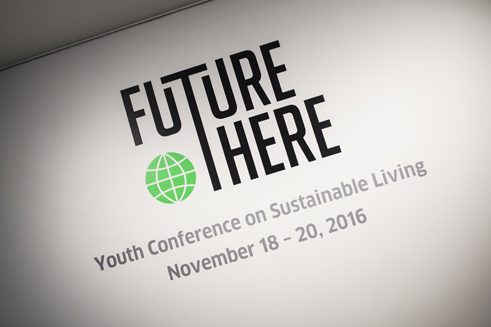
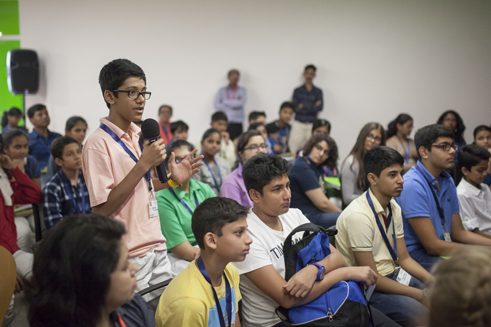
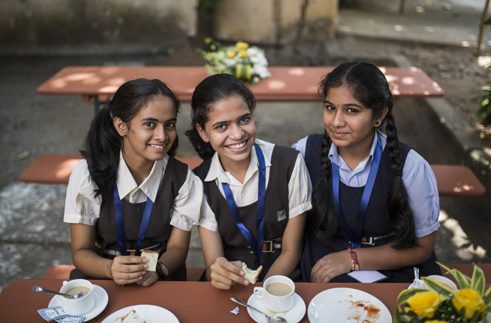
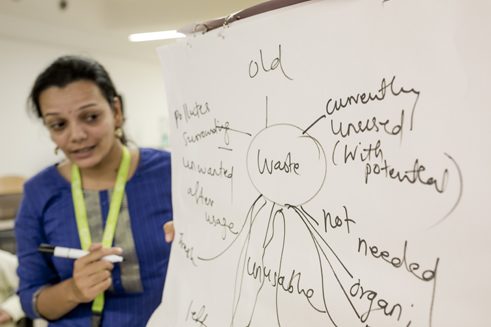
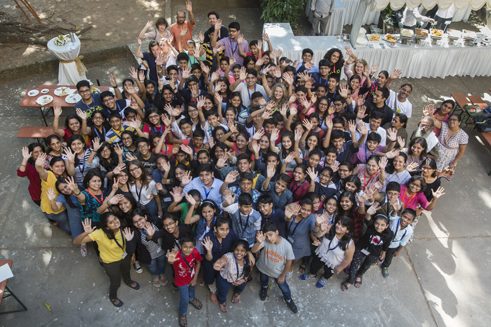
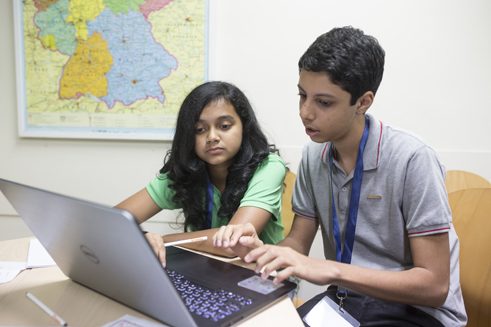
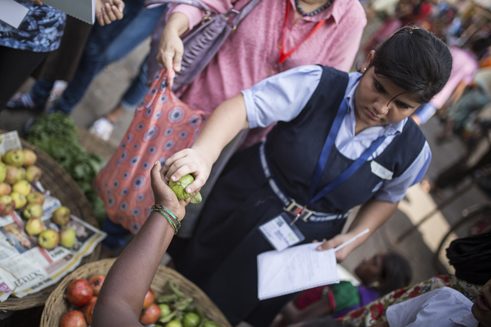
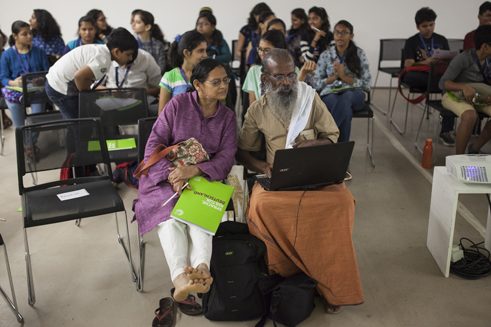
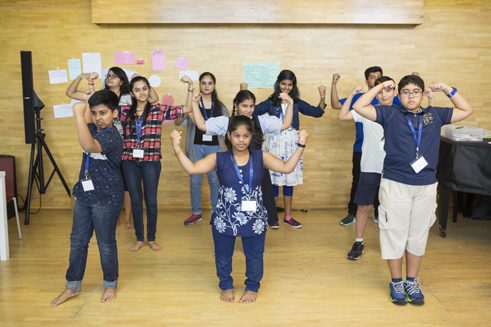

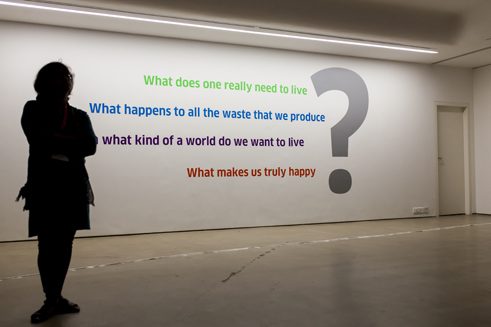
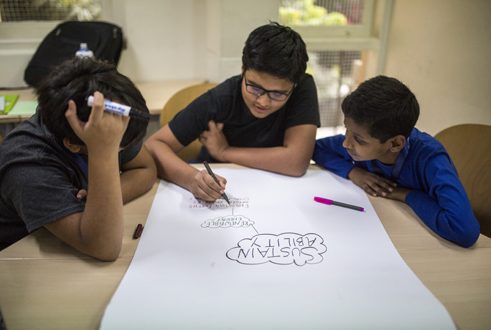
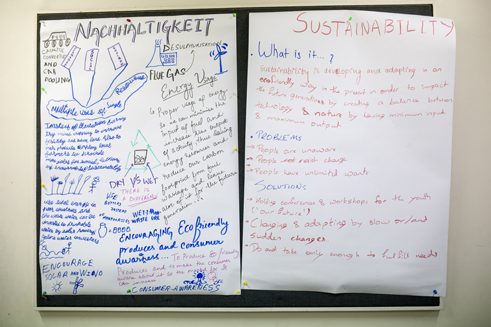
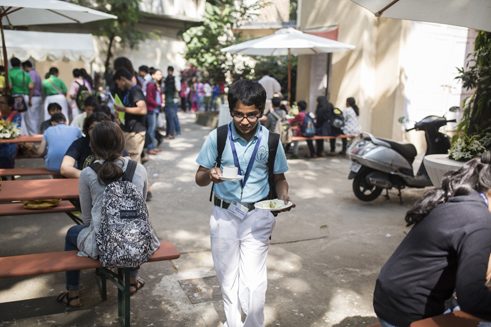
Comments
Comment